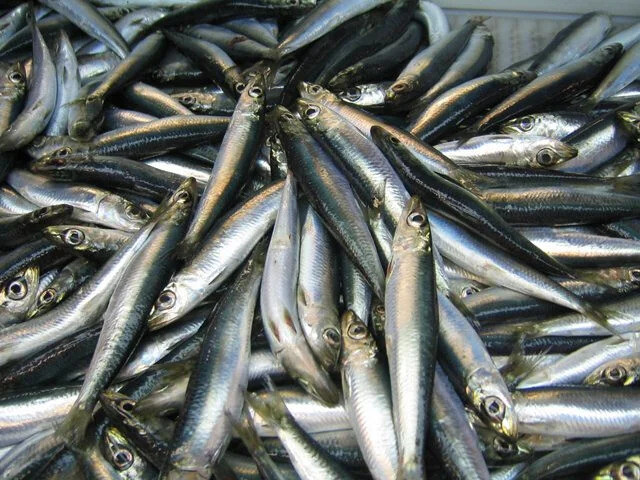The latest NOAA Fisheries assessment reveals that Atlantic herring, a key species for the Northeast’s fishing industry, remains overfished, though overfishing is no longer occurring. The newest stock assessment includes the latest catch data, survey results, and life history factors. While fishing pressure is under control, the long-term outlook for Atlantic herring remains highly uncertain.
Atlantic herring is a vital species in the Northeast due to its role in the marine ecosystems, its value to the economy, and its importance as a substantial bait source for fishermen. According to sources, the Connecticut River blueback herring runs have plummeted from highs of 630,000 fish in 1985 to 283 in 2022.
As of 2023, the Atlantic herring spawning stock biomass is 47,955 metric tons, which is only 26% of the target level. The herring population remains well below the desired biomass for sustainability. However, fishing pressure is under control. The fishing mortality rate, focusing on older herring (ages 7-8), is 0.263—well below the threshold of 0.45 that would indicate overfishing.
The latest Atlantic herring assessment highlights several uncertainties that impact the stock’s biomass, fishing mortality, recruitment, and population projections. One major uncertainty is the ongoing poor recruitment, which has yet to be fully explained. Despite decades of research in fisheries science, pinpointing the exact reasons for low recruitment remains a challenge. Additionally, the assessment assumes constant natural mortality across ages and years, though varying natural mortality in past assessments has not been fully supported over time. While uncertainty in natural mortality impacts abundance and F estimates, it’s unlikely the main factor behind poor recruitment.
Another source of uncertainty involves stock structure and migration patterns, particularly mixing with Gulf of St. Lawrence herring. This can be confusing with changes in mortality and might influence retrospective patterns, but it’s not seen as the cause of low recruitment in recent years.
Uncertain population projections and delayed rebuilding:
The population projections are highly uncertain, especially when it comes to recruitment. Recent recruitment estimates for 2022 and 2023 were adjusted upwards, but a backdated adjustment counteracted some of this increase. The terminal year recruitment assumptions don’t significantly affect projections beyond three years.
The stock is currently lagging behind the rebuilding plan’s expectations. While the original plan had a 43% chance of rebuilding by 2025, this latest assessment projects less than a 1% chance of meeting that goal. The rebuilding projections were initially based on longer recruitment timeframes, making them more optimistic than the current shortened projections.







